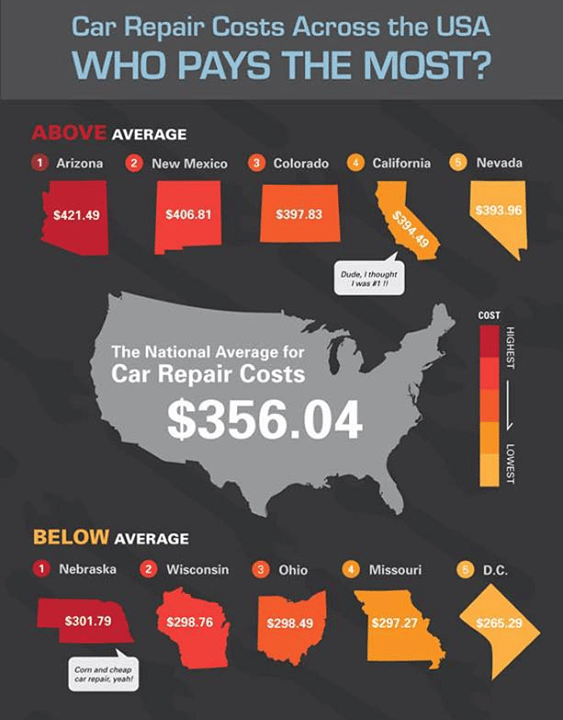When you're behind the wheel, those beautiful caution lights on your dashboard can be a little bit bewildering. Do a knockout post recognize what they're trying to tell you about your cars and truck's health and wellness? Recognizing the significance of these lights is crucial for your safety and security and the durability of your lorry. So, the following time among those lights appears, wouldn't you want to decipher its message accurately and take the required steps to address it?
Common Warning Lighting and Interpretations
Identify usual warning lights in your auto and recognize their meanings to guarantee safe driving.
One of the most regular caution lights include the check engine light, which indicates problems with the engine or emissions system. If this light comes on, it's crucial to have your lorry examined immediately.
The oil stress advising light suggests low oil pressure, requiring instant attention to prevent engine damages.
A flashing battery light could suggest a damaged charging system, potentially leaving you stranded otherwise resolved.
The tire pressure monitoring system (TPMS) light signals you to low tire pressure, affecting lorry security and gas efficiency. Disregarding this can bring about risky driving conditions.
The abdominal muscle light suggests a trouble with the anti-lock braking system, jeopardizing your capability to quit swiftly in emergencies.
Last but not least, the coolant temperature level advising light warns of engine overheating, which can result in serious damage otherwise dealt with swiftly.
Understanding these typical warning lights will certainly assist you resolve concerns quickly and maintain safe driving problems.
Significance of Prompt Focus
Understanding the typical warning lights in your auto is just the primary step; the relevance of without delay addressing these cautions can not be stressed enough to guarantee your safety and security on the road.
When a warning light illuminates on your dashboard, it's your car's way of connecting a prospective issue that needs focus. Overlooking these cautions can lead to more severe issues later on, jeopardizing your safety and security and potentially costing you a lot more in repairs.
Prompt focus to advising lights can protect against breakdowns and crashes. As an example, a flashing check engine light might show a misfire that, if left unattended, might create damages to the catalytic converter. Resolving this quickly can conserve you from a costly repair.
Similarly, a brake system warning light might indicate low brake fluid or worn brake pads, critical components for your safety when driving.
DIY Troubleshooting Tips
If you observe a warning light on your dashboard, there are a few DIY troubleshooting suggestions you can attempt prior to looking for specialist assistance.
The initial step is to consult your auto's manual to understand what the specific caution light indicates. Sometimes the issue can be as easy as a loosened gas cap setting off the check engine light. Tightening up the gas cap may deal with the issue.
Another typical concern is a low battery, which can set off numerous alerting lights. Checking the battery links for rust and ensuring they're safe might repair the trouble.
If a warning light lingers, you can try resetting it by detaching the auto's battery for a couple of minutes and afterwards reconnecting it. In addition, inspecting your vehicle's liquid degrees, such as oil, coolant, and brake fluid, can help fix warning lights associated with these systems.
Final thought
Finally, understanding your car's warning lights is necessary for maintaining your car running efficiently and securely. By promptly addressing car paint restoration and knowing what they indicate, you can prevent pricey fixings and possible failures.
Bear in mind to consult your car's manual for certain details on each advising light and act as necessary to guarantee a hassle-free driving experience.
Stay informed, remain risk-free when traveling!
